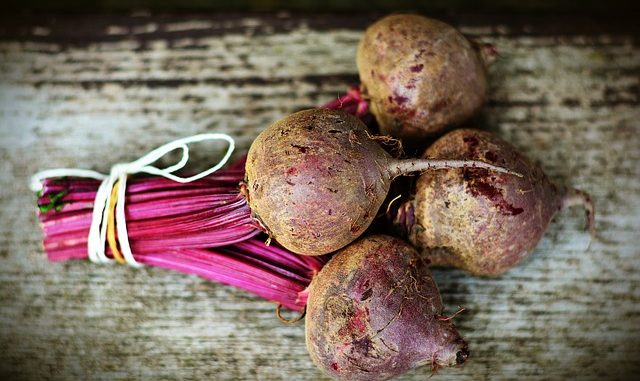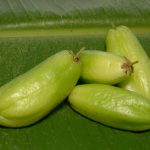
Ever tried kanji ? It is an Indian fermented beverage which has an extremely strong flavour. For some it is the Indian version of kombucha. It’s also slightly alcoholic at 2.5% ABV and is prepared from carrot and beetroot by a natural fermentation. Most Indians drink it for its refreshing properties. The beverage has a pH of 4.0 which makes it slightly acidic in taste.
How It is Made
The vegetables (carrots and beetroot) are washed, shredded or ground and then mixed with salt and mustard seeds. The whole mass is placed in earthenware where it ferments naturally at between 24 and 34 Centigrade for 4 to 7 days. Occasionally the batch is inoculated with a previous portion of kanji.
Once the fermentation is finished, the pink alcoholic drink is drained off to be bottled or drunk immediately. In northern India, different coloured carrots – purple, black, orage are all used. In southern India, they add torami which is a yeast containing fermented rice gruel as the starter.
The yeasts involved in kanji are Hansenula anomala, Candida guilliermondii, C. tropicalis and G. candidum . The bacteria to be found include Leuconostoc mesenteroides, Pedioccocus spp. and Lactobacillus dextranicum.
Recipe
Ingredients:
- 1 tbsp brown or black mustard seeds
- 5 carrots, peeled
- 1 beetroot, peeled
- enough water to cover the vegetables
- 1 tbsp of sea salt – as fine as possible
Preparation
Grind the mustard seeds in a pestle and mortar. Chop the vegetables into long pieces. They can also be shredded.
Place all the ingredients into a large glass jar such as a half-gallon pot. Cover with a cheesecloth or lid. leave to ferment in a warm place for a week. Stir daily with a plastic spoon.
Taste the juice weekly. There should be a slightly tangy taste which develops as the vegetables ferment. After a week, strain the liquid through a sieve to remove large pieces. The vegetable pieces can also be used for pickling.
Chill and enjoy.

Leave a Reply